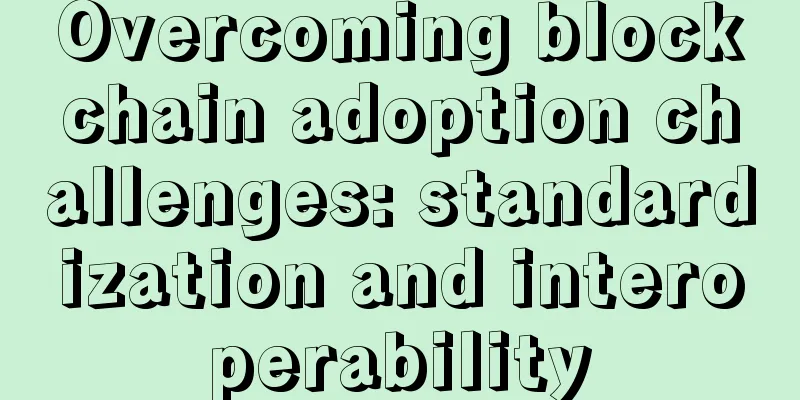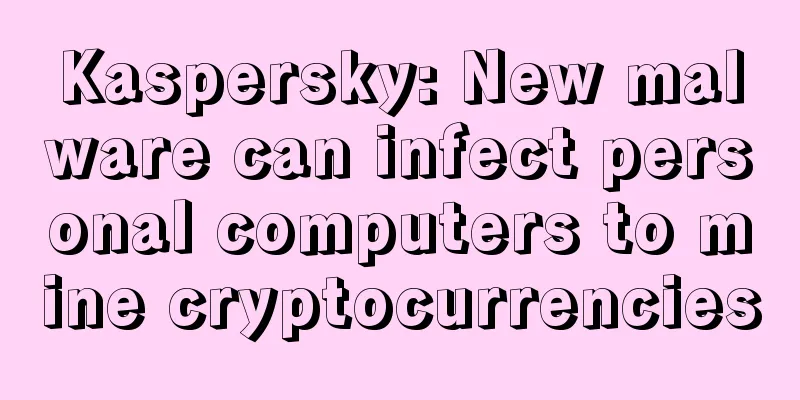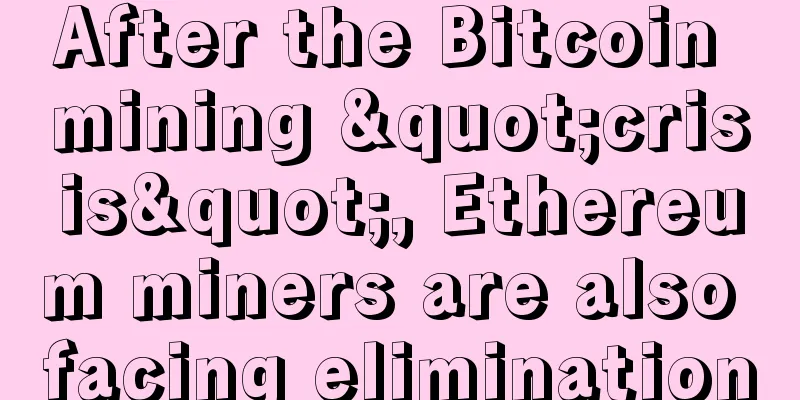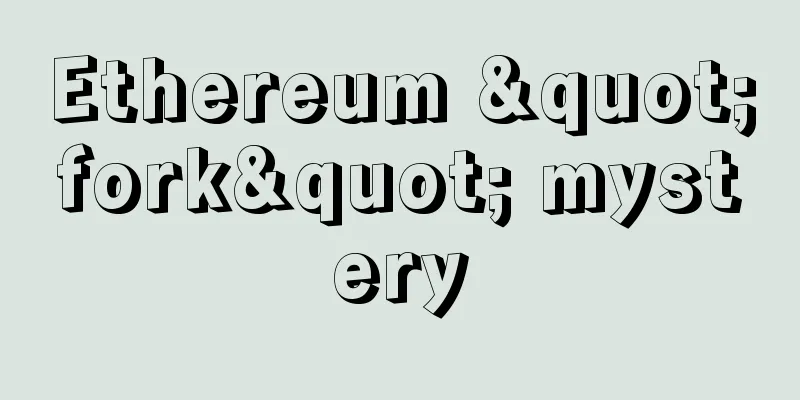Overcoming blockchain adoption challenges: standardization and interoperability

|
To truly benefit from blockchain’s enormous potential, businesses must overcome two daunting challenges: standardization and interoperability. Blockchain Standardization ChallengesBitcoin blockchain technology is becoming more and more popular. Its potential is obvious and can create a lot of innovation opportunities and new products for businesses. However, because blockchain is an unprecedented technology, all companies are faced with standardization issues and specific implementation issues of blockchain. Therefore, solving such problems is the first priority for the popularization of blockchain. In June this year, the World Wide Web Consortium (W3C) held its first blockchain (or distributed ledger) workshop at the Massachusetts Institute of Technology (MIT) to study the blockchain standardization process. The meeting focused on the infrastructure that can benefit from blockchain in a network environment. Due to the success of the workshop, W3C will continue to carry out more blockchain activities through the Blockchain Community Group. The Blockchain Community Group aims to create ISO20022 message format standards based on blockchain and generate storage usage guidelines for torrents, public blockchains, private blockchains, side chains, and content delivery networks (CDNs). In addition, the non-governmental organization Standards Australia also proposed new international standards for blockchain and distributed ledger technology in April this year and has submitted them to the International Organization for Standardization (ISO). Blockchain Integration and ImplementationTo address the integration challenges brought about by the digital age, major research organizations such as Gartner Inc. are focusing on integrated strategies. In response to this issue, Gartner also published a report titled "CIO Call to Action: Shake up Your Integration Strategy to Enable Digital Transformation." The report emphasizes that the traditional integration model is no longer effective and has even become outdated.
At the same time, the report also mentioned that the Internet of Things can bring unexpected results and innovations.
So, how do we integrate or implement blockchain technology? Some large companies, such as SAP, a multinational enterprise resource planning software provider, are researching enterprise-level applications of blockchain technology. Bernd Leukert, a member of SAP's board of directors, said that SAP has been researching blockchain technology for some time and has tested and implemented a variety of blockchains, including Ethereum, MultiChain and Bitcoin blockchain. However, for Leukert, the integration of blockchain technology has not been properly resolved.
The good news is that system software supplier Software AG says it knows how to integrate and implement blockchain technology. Software AG believes that financial institutions will adopt multiple blockchains for different purposes. Therefore, it is necessary to have a blockchain access layer to interact with existing applications. This access layer can achieve seamless connection between the two. Software AG said:
Being ahead of the curve in integrating blockchain technology can bring significant competitive advantages to businesses. The efforts made by W3C and Software AG represent a decisive development in blockchain that will help businesses realize the full potential of the technology. |
Recommend
F2Pool announced that it will support both new coins after the BCH fork
According to the official news from F2Pool, BCH w...
VanEck and ProShares Abruptly Withdraw Ethereum Futures ETF Proposal
Investment firms VanEck and ProShares abruptly wi...
What does left eye twitching mean?
What does a left eye twitch mean? I remember hear...
Facial features of people who are often suspicious
The most important thing when people get along wi...
Matrixport: Cryptocurrency Industry Outlook for the First Half of 2024
By January 2024, we expect the SEC to approve a B...
Seven signs that show you have health problems
Traditional Chinese medicine emphasizes observati...
What does it mean that a handsome man with a large house and a good fortune will enjoy happiness in middle age?
In reality, many people like to regard those who ...
Interpretation of Filecoin's new rules: Officials bowed and small and medium-sized miners gained a glimmer of hope (POC Series 6)
Starting from today, there is less than a week le...
A woman who always cleans her clothes regularly
For many women, the greatest pleasure is probably...
Do people with thin lips often do bad things behind people's backs?
Many times, we can guard against those who are ho...
Analysis of Goose Eyes in Physiognomy
Eyes come in different shapes. In traditional Chi...
Palmistry to See the Fortune of Children
Our children come into this world never according...
Is it good for a man to have a widow's peak?
The hairline in the center of the forehead bulges...
Analysis of people with crooked noses: Is a crooked nose good or bad?
People with crooked noses love to lie People with...
A quick overview of Ethereum’s latest developments: mergers, Shanghai upgrade, and data sharding
Written by: Trent Van Epps, Ethereum Foundation E...









